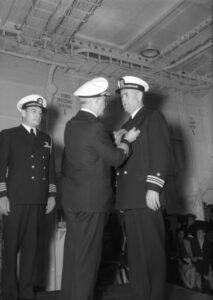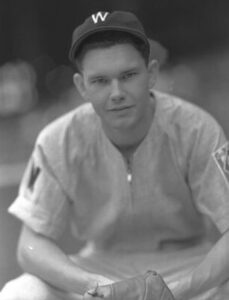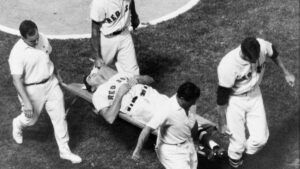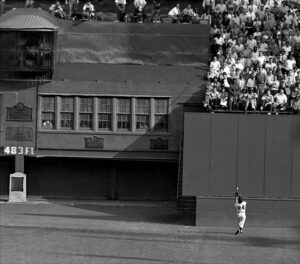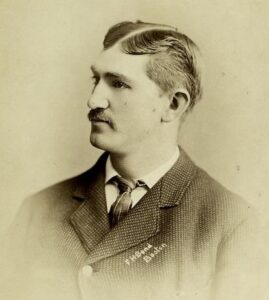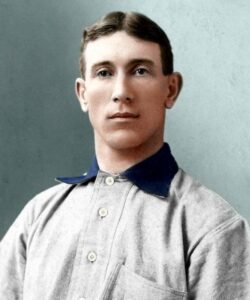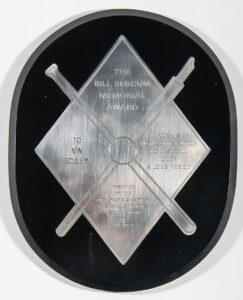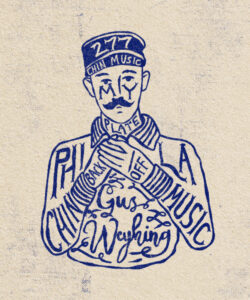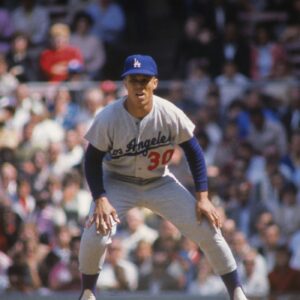Bill James called Connie Mack’s move in the 1929 World Series, “the most brilliant managerial stratagem in the history of baseball”
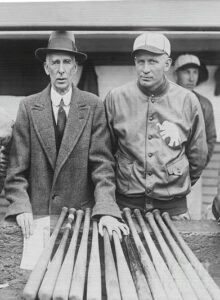
Connie Mack’s 1929 Philadelphia Athletics were one of the greatest teams in baseball history. With a lineup that included Hall of Famers Jimmie Foxx, Mickey Cochrane, and Al Simmons, they finished 18 1/2 games ahead of the second-place Yankee team that won 6 of the previous 8 American League pennants. The Athletics pitching staff boasted a pair of aces with the left-right combination of 20-game winner Lefty Grove and 24-game winner George Earnshaw. For good measure, Mack’s #3 starter Rube Walberg had 18 wins of his own. On May 12th Philadelphia moved into a first-place tie with the Yankees and never relinquished the top spot. By the end of the month the A’s were five games up. Their lead swelled to 10 1/2 games on August 1st behind Earnshaw’s 17th win of the season. The margin remained at double digits the rest of the way. As Philadelphia cruised toward the AL pennant, the Cubs did the same in the National League. When Charlie Root shut down the Giants at the Polo Grounds on August 21st, the Cubs’ lead stretched to 10 1/2 games and never diminished. The two teams were on a collision course for the World Series. An aging […]
Read More >